Combat in Yu-Gi-Oh is quite unique. You'd expect Monsters to attack each other, then you'd substract the Attack value from the Defense, and a Monster gets destroyed if it's Defense reaches 0. That's not how it works. This guide will go over how Monster battling works, including what Battle Positions are, how Monsters battle, and what comprises a Battle Phase.
Table of Contents
Table of Contents
Battle Positions
This refers to the orientation of a Monster Card on the field, and it determines how it behaves in battle. A Monster can either be in Attack Position or in Defense Position, and can be placed on the field in either. Check out our dedicated guide for a refresher on how to Summon and Set Monster cards.
The Attack Position is indicated by the card being placed on the board vertically. You can only attack if your Monster is in Attack Position, unless the Monster has an effect that says otherwise (eg: Total Defense Shogun). A Monster cannot be Set in Attack Position.
The Defense Position is indicated by card being placed horizontally (on it's side). You cannot Normal Summon a Monster in Defense Position face-up, you can only Set it. If you Special Summon a Monster in Defense, it'll usually be face-up. If your opponent attacks a monster that is face-down, you must flip it face-up before damage is calculated.
Aside from Effects from other cards, you can manually change the Position of a Monster whenever the game is in an open state during the Main Phase. However, you can only do this once per turn, and only if the Monster wasn't Summoned or Set that turn.
If you change a face-down Monster from Defense to Attack, you also flip it face-up. This is called a Flip Summon. Changing a Monster from Attack to Defense will leave it face-up.
How Monsters Battle
In Yu-Gi-Oh, you attack with one monster at a time, and only one time with that Monster each turn. You choose a Monster you want to attack with, and then you pick a target, either another Monster or the enemy player. You cannot attack the enemy player directly if they control a Monster. There are exceptions to those rule, as usual, but they stay true 90% of the time.
Battle Phase
This is one of the Game Phases that each turn is composed of. It is the Phase where a combat between monsters happens. It follows the following structure:

Start Step
When a Player initiates the Battle Phase, the Start Step also begins. You can activate Fast Effects, as well as Effects that mention "at the start of your Battle Phase". Even if the player wishes to end the Battle, they must proceed to the next step.
Battle Step
This is the Step where you get to choose your attackers and their targets. This process is called declaring an attack. During this step, your opponent may activate Traps and Quick Effects in response to your declaration.
Monsters can only attack once per turn. Once an attack is declared, the game progresses to the Damage Step. If the player no longer wishes to attack, we move on to the End Step.
Damage Step
In this Step, the result of a battle is determined, which is knows as damage calculation. During this step, most effects cannot be activated.
The results of damage calculation depend on the Battle Position of your opponent's Monster, as well as their ATK/DEF value:
- If the target is in Attack Position
- If your Monster has more Attack than the target
- Destroy the target
- Inflict piercing damage (explained bellow) to your opponent
- If the target has more Attack than your monster
- Destroy your Monster
- Inflict piercing damage to yourself
- If both Monsters have the same Attack
- Destroy both Monsters
- If your Monster has more Attack than the target
- If the target is in Defense Position
- If your Monster has more Attack than the target has Defense
- Destroy the target
- DO NOT inflict piercing damage to your opponent
- If the target has more Defense than your monster has Attack
- DO NOT destroy your Monster
- Inflict piercing damage to yourself
- If your Monster has the same Attack as the target's Defense
- Nothing happens
- If your Monster has more Attack than the target has Defense
The term 'piercing damage' refers to damage inflicted to players as a result of the attack. It's equal to the difference between the attacking Monster's and the target's ATK values. If the target is in Defense position, the DEF value is used for calculation if the attacker looses the battle, or if the attacker has an ability that deals piercing damage even if the target was in Defense.
After damage calculations are complete, the game returns to the Battle Step.
End Step
Once the player decides to no longer attack, the Battle Phase proceeds to this Step. Quick Effects can be activated during this step, as well as "at the end of your Battle Phase" Effects.
Replay
During the Battle Step, the opponent's board state can change, which might result in a different board than when the attack was declared. At that point, the player is entitled to a Replay.
When a Replay happens, the player that attacks has one of 3 options:
- Choose a valid target for the attack (even the original target, if it's valid)
- Declare a direct attack, if that's possible
- Cancel the attack (careful: the monster already declared an attack, and won't be able to attack again)
Examples
The bolden word indicates whose turn it is:
- You control no Monsters, and have a Scapegoat Set, while your opponent controls a Dark Magician:
- Your opponent attacks with Dark Magician
- You activate Scapegoat, and it resolves, Summoning 4 Sheep Tokens
- Your board state has changed so a Replay occurs
- Your opponent attacks one of the Tokens
- Battle ends
- You control a Luster Dragon, your opponent controls 7 Colored Fish and a face-down Trap:
- You attack their Fish with your Dragon
- They activate the face-down, A Rival Appears!
- They summon a Nanobreaker from their hand
- You must choose a target or cancel your attack
- You decide to cancel your attack
- Since your Dragon can't attack anymore, the battle ends
- You control a Warrior Dai Grepher, and your opponent controls a The Six Samurai - Yaichi and a face-down Trap:
- You attack their Samurai with the Grapher
- They reveal their face-down Trap, Cunning of the Six Samurai
- They tribute Yaichi and Special Summon The Six Samurai - Zanji
- The opponent's board state has changed, so a you must either attack Zanji or cancel the attack
- You cancel the attack and end the Battle
- You control a Red Archery Girl and a set Call of the Haunted, and have activated Absolute End earlier, while your opponent controls a Celtic Guardian:
- Your opponent declares a Direct Attack (they can do this due to Absolute End)
- You activate Call of the Haunted, summoning an Illusionist Faceless Mage from your Graveyard
- Your board state has changed so a Replay occurs
- Because of Absolute End, your opponent can either attack you directly, or cancel the attack
- Your opponent attacks directly, then ends the battle
- You control a Ghostrick Mansion and a face-down Defense Position Monster, while your opponent controls a Star Eater:
- Your opponent attacks you directly, due to the effect of Ghostrick Mansion
- Star Eater's effect activates, and it's no longer affected by the Mansion
- A Replay occurs, and your opponent must either attack your face-down Monster or cancel the attack
- They cancel, ending the battle
Learn More About Yu-Gi-Oh
Beginner Guides - Card Anatomy 101 | Summoning Xyz Monsters
Card Types - Monsters | Traps | Spells
Master Duel Beginner Guides
Card Pack Purchasing | Using the Deckbuilder | How to Craft Cards

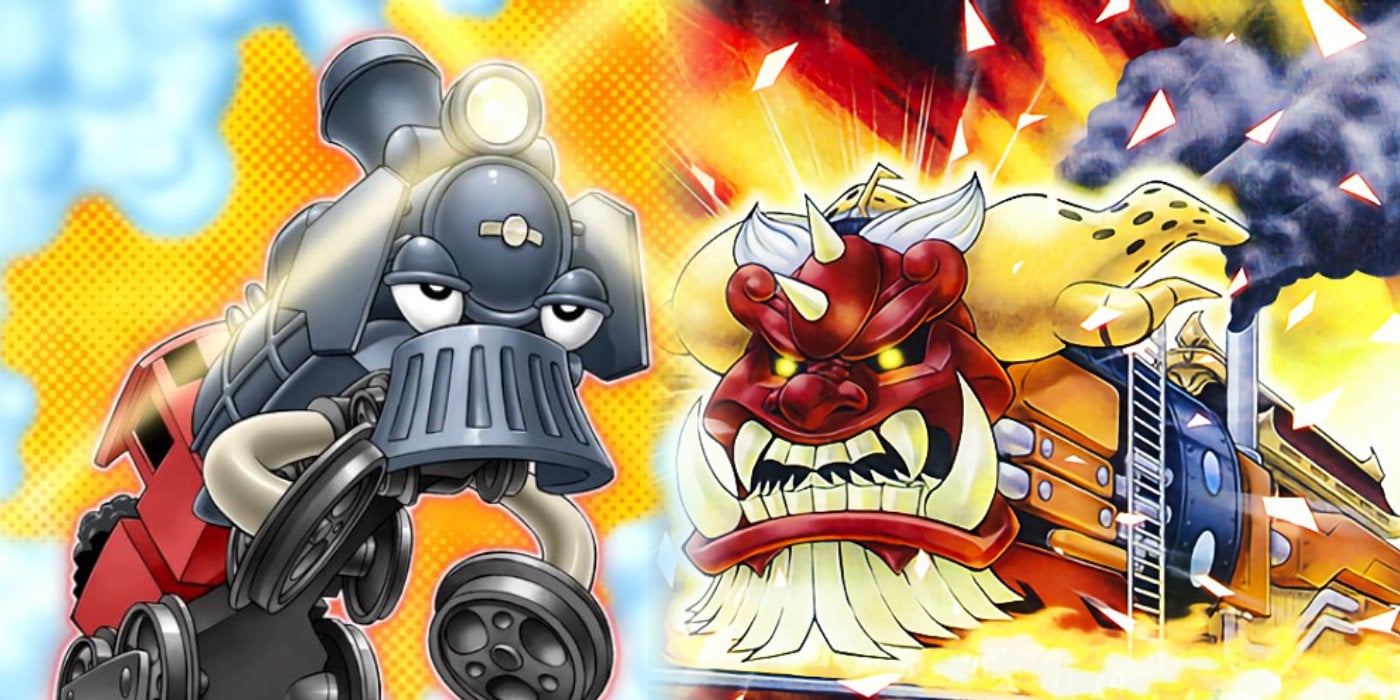
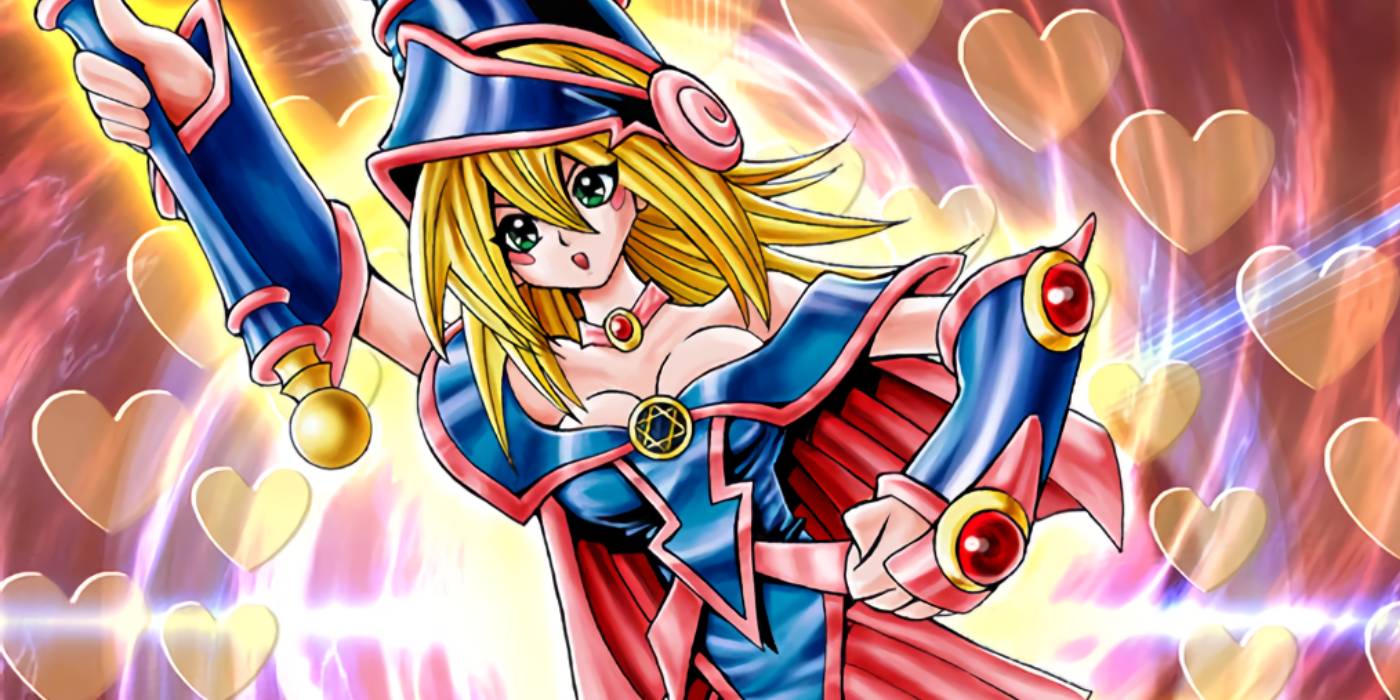
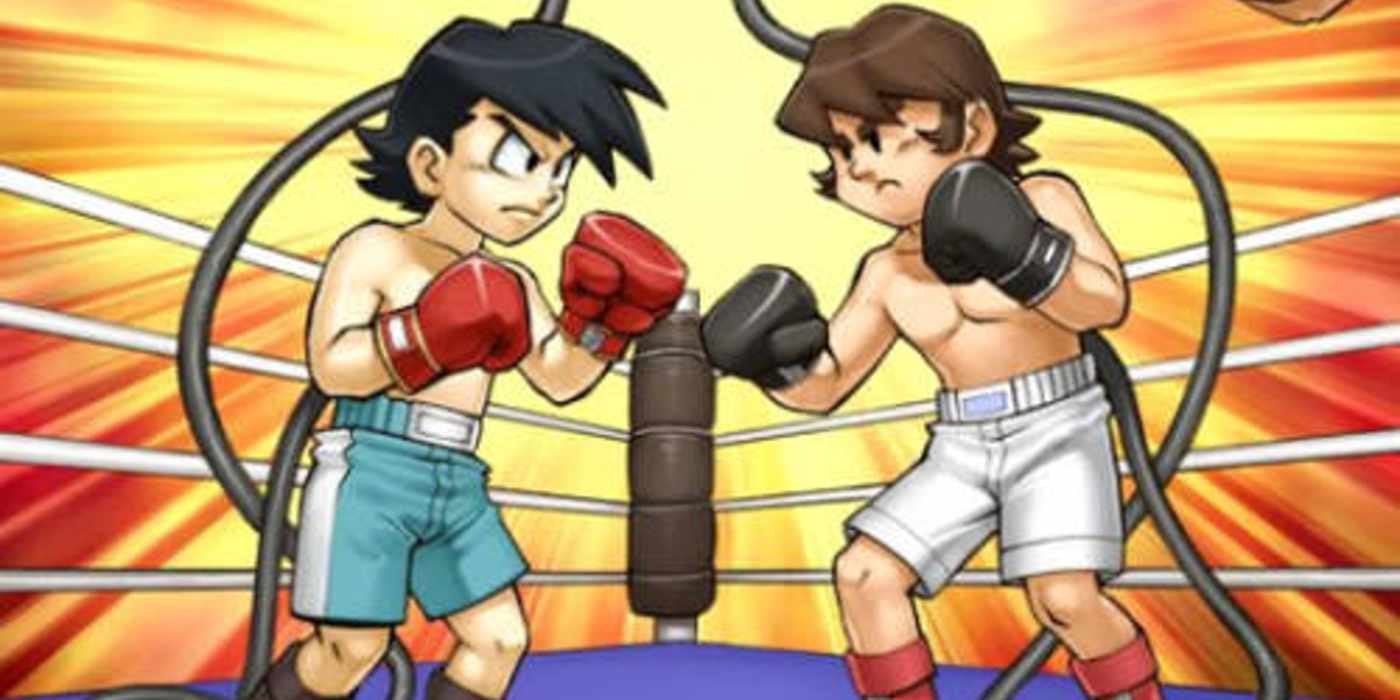
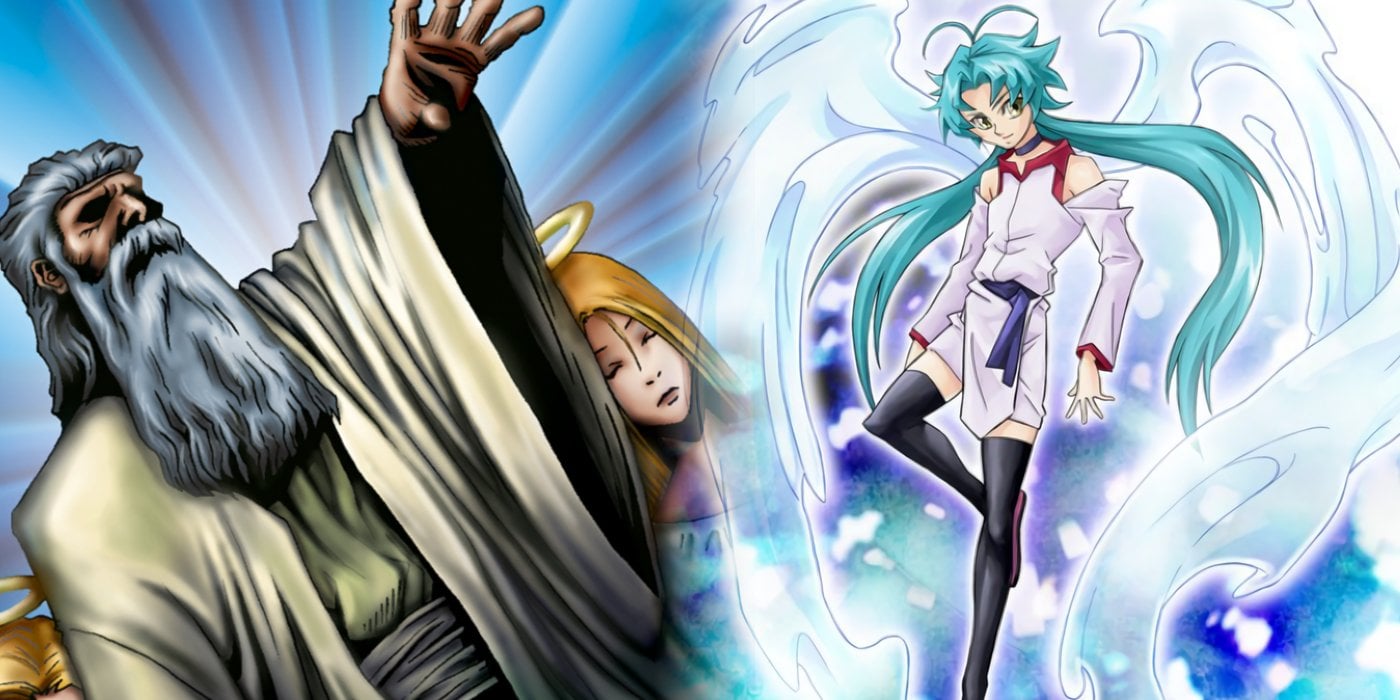
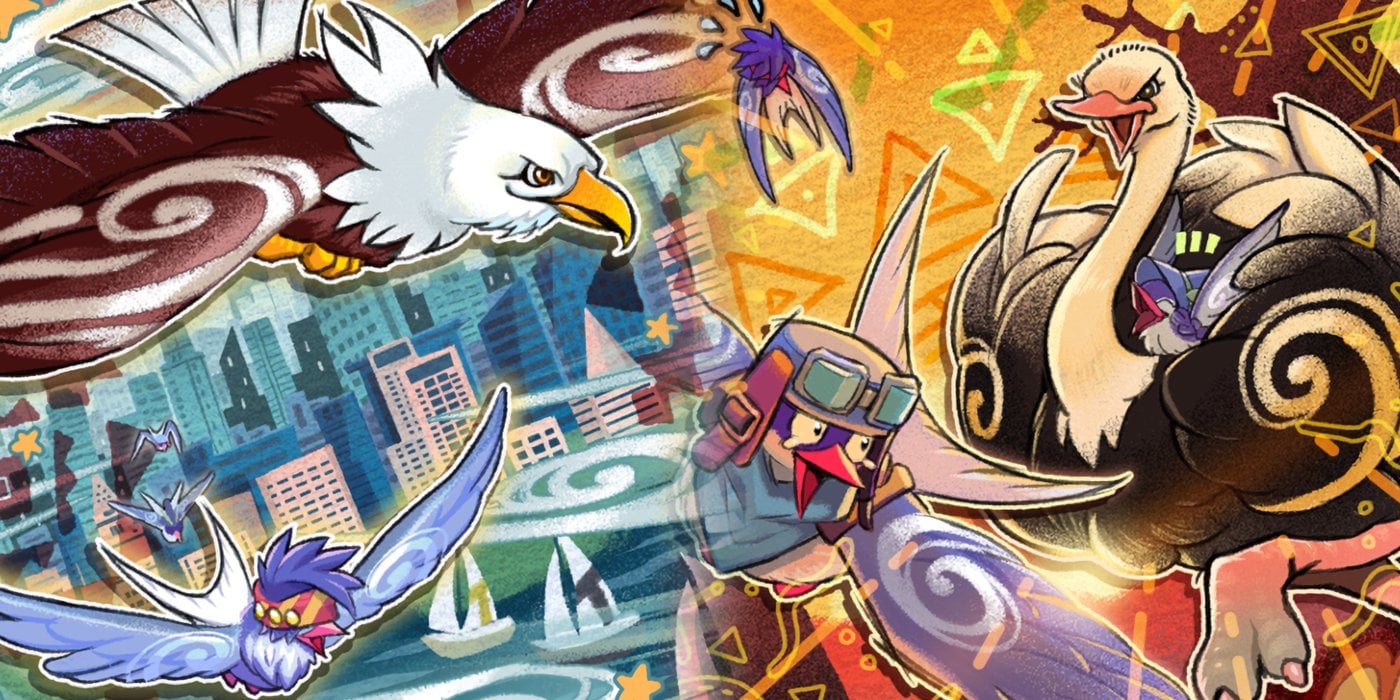
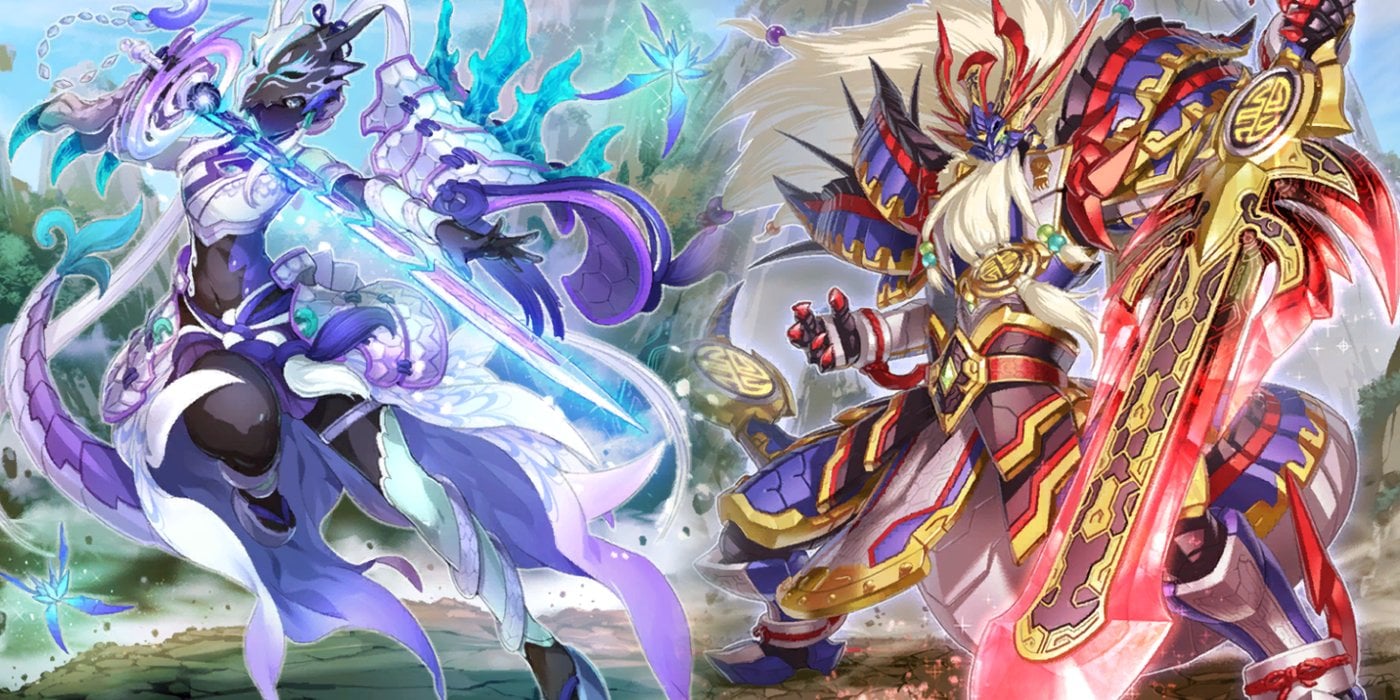
Comments
No Comments Yet. Be the first to create one down below!